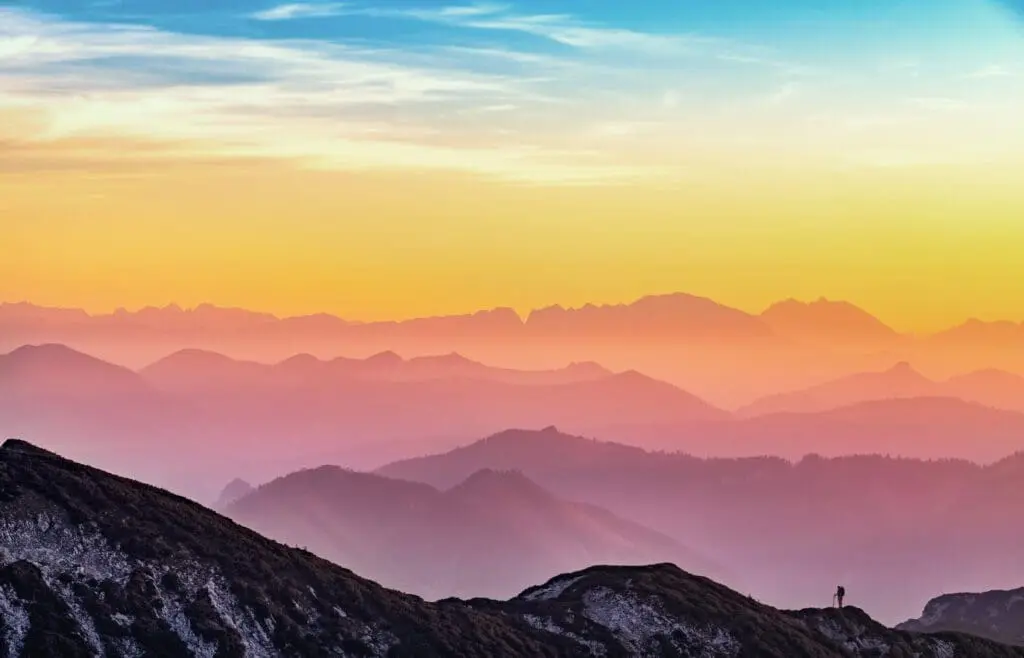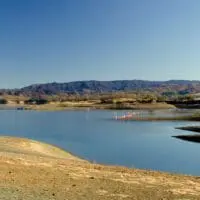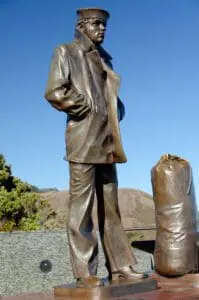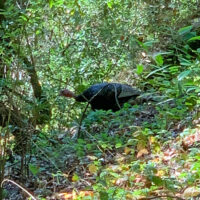The other day, I belatedly realized I’d never written about my motorcycle accident, which occurred Sunday morning, May 24, 2015. Given how significant an event it was (at least for me!), I’m going to rectify that omission right now.
The accident took place on Pescadero Road, between La Honda and Pescadero, along the uphill climb off of California 84. It’s a relatively wooded twisty, without much direct sky exposure, but not especially challenging (I just road it today, without any problems). Of course, I had less than six months riding experience at the time of the accident, and there had been some light rainfall the night before in the area, so there were some puddles on the road. Moreover, there were, and still are, a few road heaves — small but sharp bumps — some of which are on curves. I suspect I hit one of them that was next to a puddle, lost control, and went down. Or maybe I lost control dodging some animal crossing the road.

I doubt I’ll ever know, because I have no memory of the accident. Turns out forming memories takes time, and while you’re not normally aware of that, if you get knocked unconscious, it’s not uncommon for “pending” memories to just disappear and not come back. When I asked the Stanford neurologist who had treated me if there would be any problem with me revisiting the accident scene, she said “It’s not like the movies, sir; lost memories don’t come back, because they were never formed in the first place.”
In any event, down I went…and, hitting the ground, even at no more than 25 MPH, without the benefit of seatbelts, air bags, and a nice metal shell, can cause a lot of damage (25 MPH is about 36 feet per second). So I broke every rib on my right side, some in multiple places, gave myself a minor concussion (which would’ve been far worse if I hadn’t been wearing an excellent, full-face Shoei helmet) and knocked myself out.
For a day.
Punctuated initially by a few brief snippets of consciousness, like when I briefly came to in the back of the ambulance, staring at the ceiling, thinking “this isn’t right”, all the while hearing one of the paramedics telling Barbara, on my phone, “he’s all right [really?], we’re taking him to Stanford, you can meet him there”.
 |
 |
But how, you may ask, was I found to be taken to Stanford? After all, Pescadero Road is lightly traveled at the best of times, and there’s even less traffic on Sundays.
Well, it turns out I was running something called CrashLight on my iPhone, which is an add-on to an app called Eat, Sleep, Ride, which allows you to log and track your motorcycle journeys. CrashLight monitors your smartphone’s sensors to determine if a crash has occurred. If it thinks one has, it sounds an alert and starts a count-down clock, which allows you to cancel false alarms. If the alert isn’t canceled, once the count-down completes, CrashLight notifies your emergency contacts, by phone, text message, email, or any combination of the three.
In my case, it notified both my son and my wife via text message. She didn’t get the message because she was outside gardening, but she heard the phone ring when my son called to say that he thought I’d had an accident. She immediately called 911…and was able to tell them where I was, because the CrashLight message contains the phone’s last known location, based on GPS monitoring.
I was a big believer in CrashLight before my accident, and I became a huge proponent of it afterwards. The CrashLight team keeps improving the product, along with the rest of the Eat, Sleep, Ride app, making it easier to use and less prone to false alarms. I particularly appreciate how quickly the programmers respond to issues that get raised; they’re really responsive.
Now, admittedly, one of the biggest limitations of CrashLight has nothing to do with the app. It’s just that if you’re out of cell phone coverage when you go down, the emergency messages can’t get out. So I still make it a point to share my itineraries with my family before I hit the road.
But I’m hopeful that even this limitation will be removed, by linking CrashLight to a satellite-based text messaging device like the Garmin InReach, the BriarTek CerberLink, or the soon-to-be-released SomeWear Labs’ SomeWear device. These all use the Iridium satellite network to enable two-way text messaging from any place on Earth where you have a view of the sky.
They’re not cheap (hundreds of dollars for the devices, and an Iridium SMS account is required). But, to me, that’s still cheap insurance to carry when I’m off exploring the backroads.
Because you see, my wife was unsuccessful with those ICU pictures. I still love to ride, mended ribs and all. In fact, I just recently upgraded my steed to a Yamaha FJR-1300ES.
See you out on the highways and by-ways. Ride safe!















































1 thought on “Reflections on a Crash”
Dear Mark, we are delighted and grateful that the EatSleepRIDE app and CRASHLIGHT® notified your contacts with your location when you crashed. Thank you for sharing your story and for getting back on the bike. You inspire and humble us. All the best from us here at ESR. For motorcyclists interested in downloading the ESR app, you can find it here for both iOS and Android https://app.EatSleepRIDE.com
We’re on a mission to help you ride more! #EatSleepRIDE